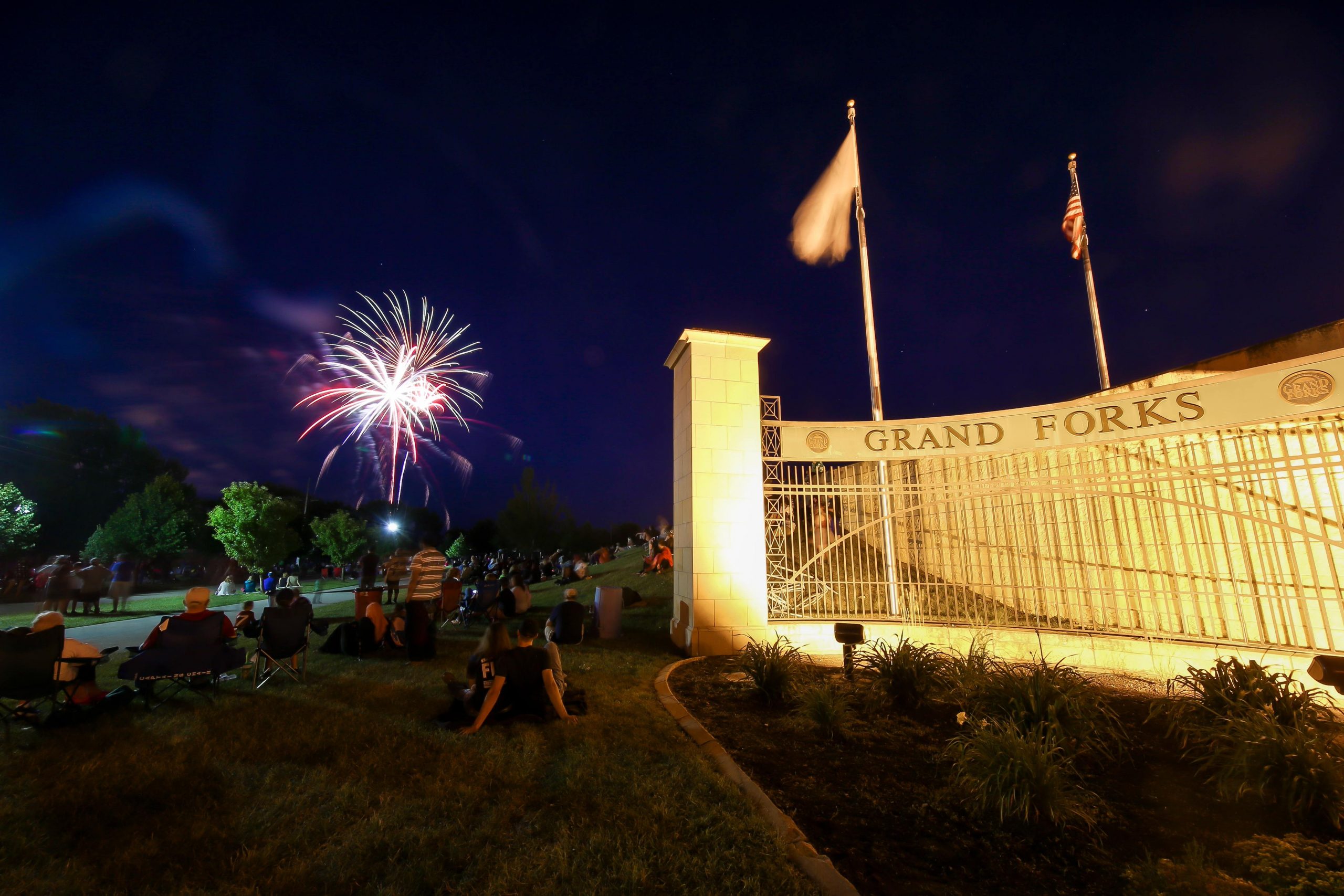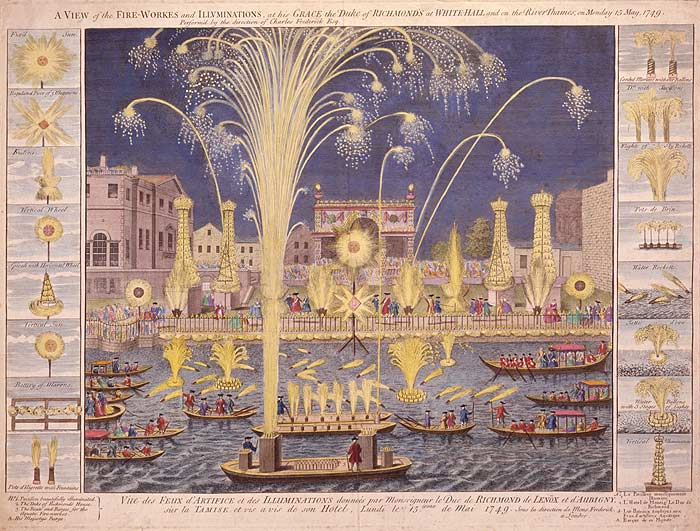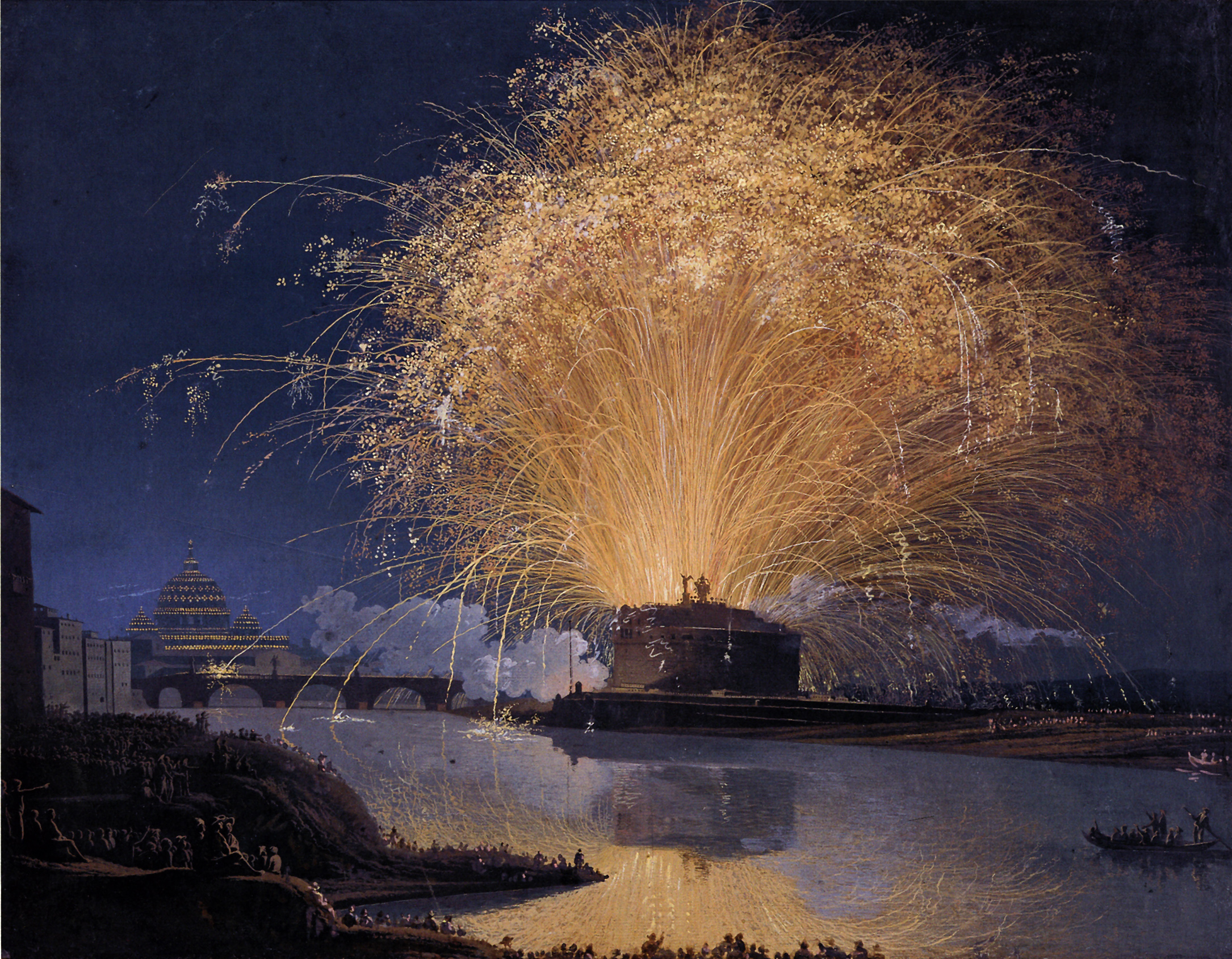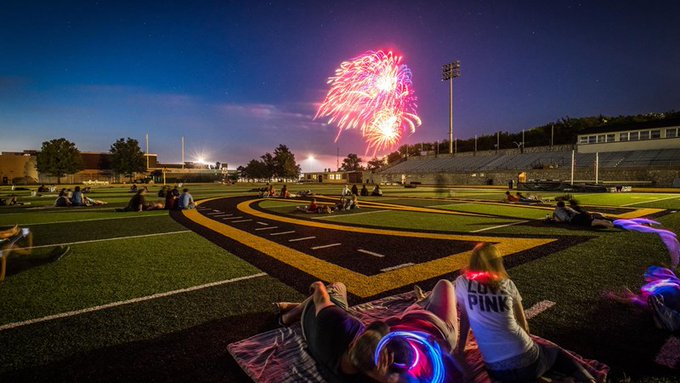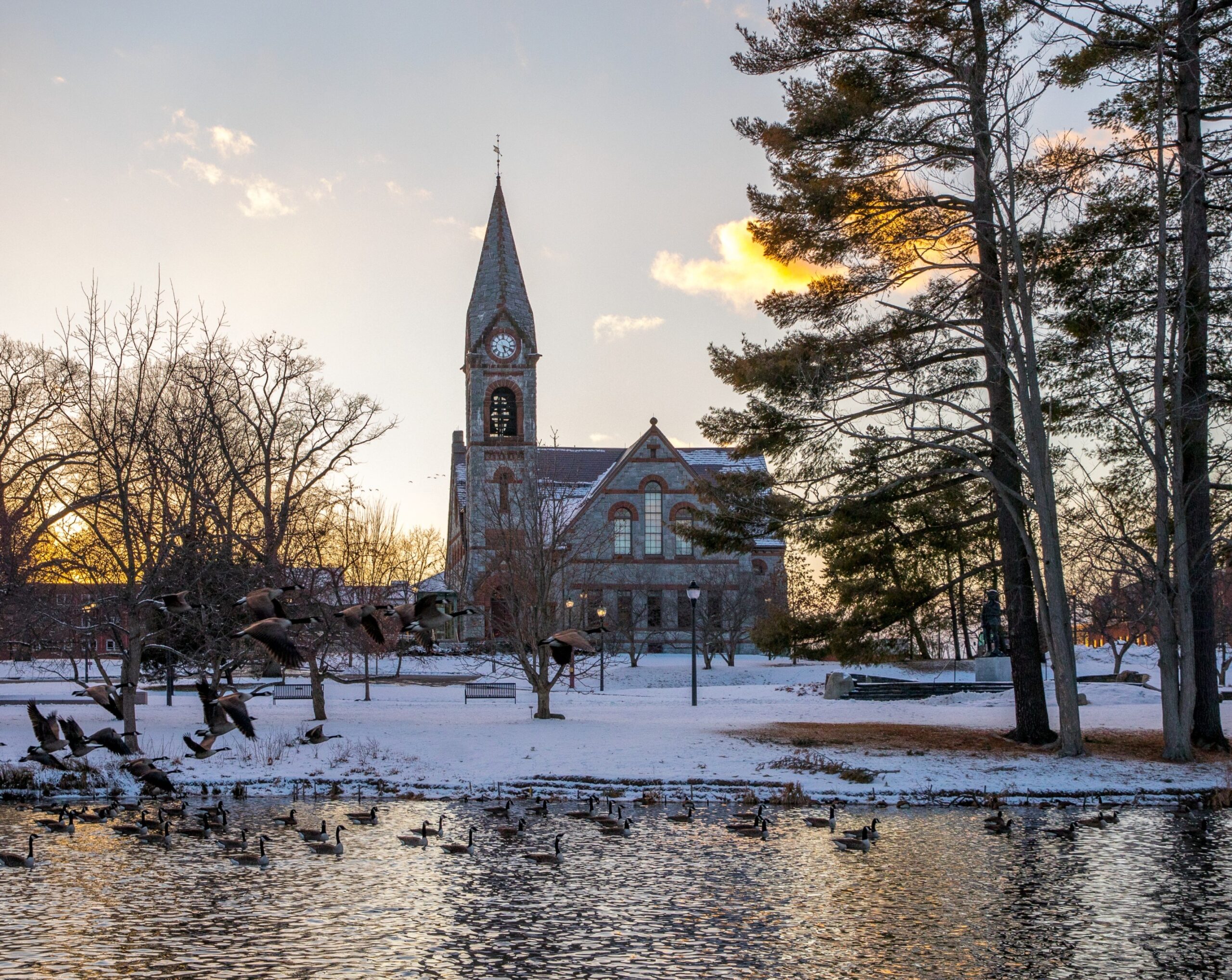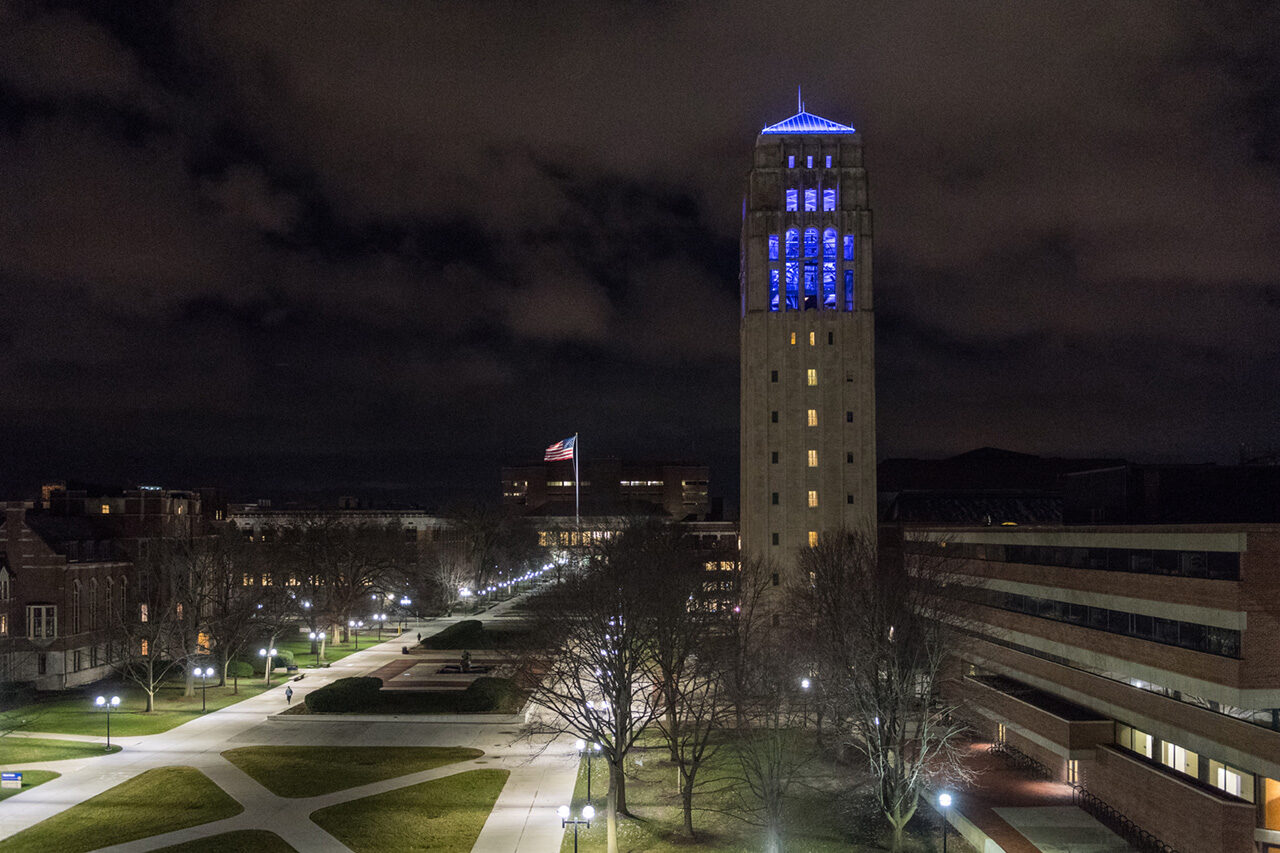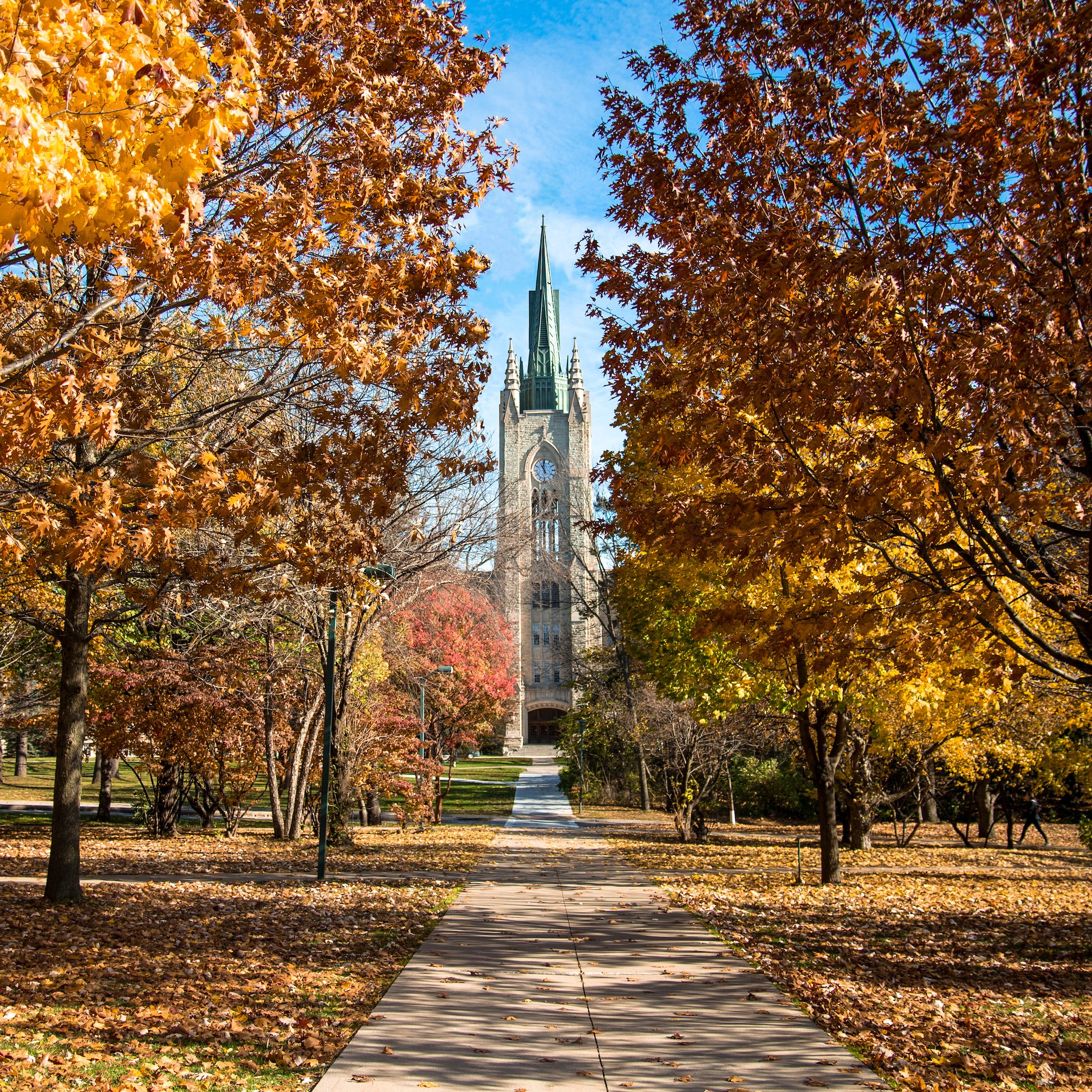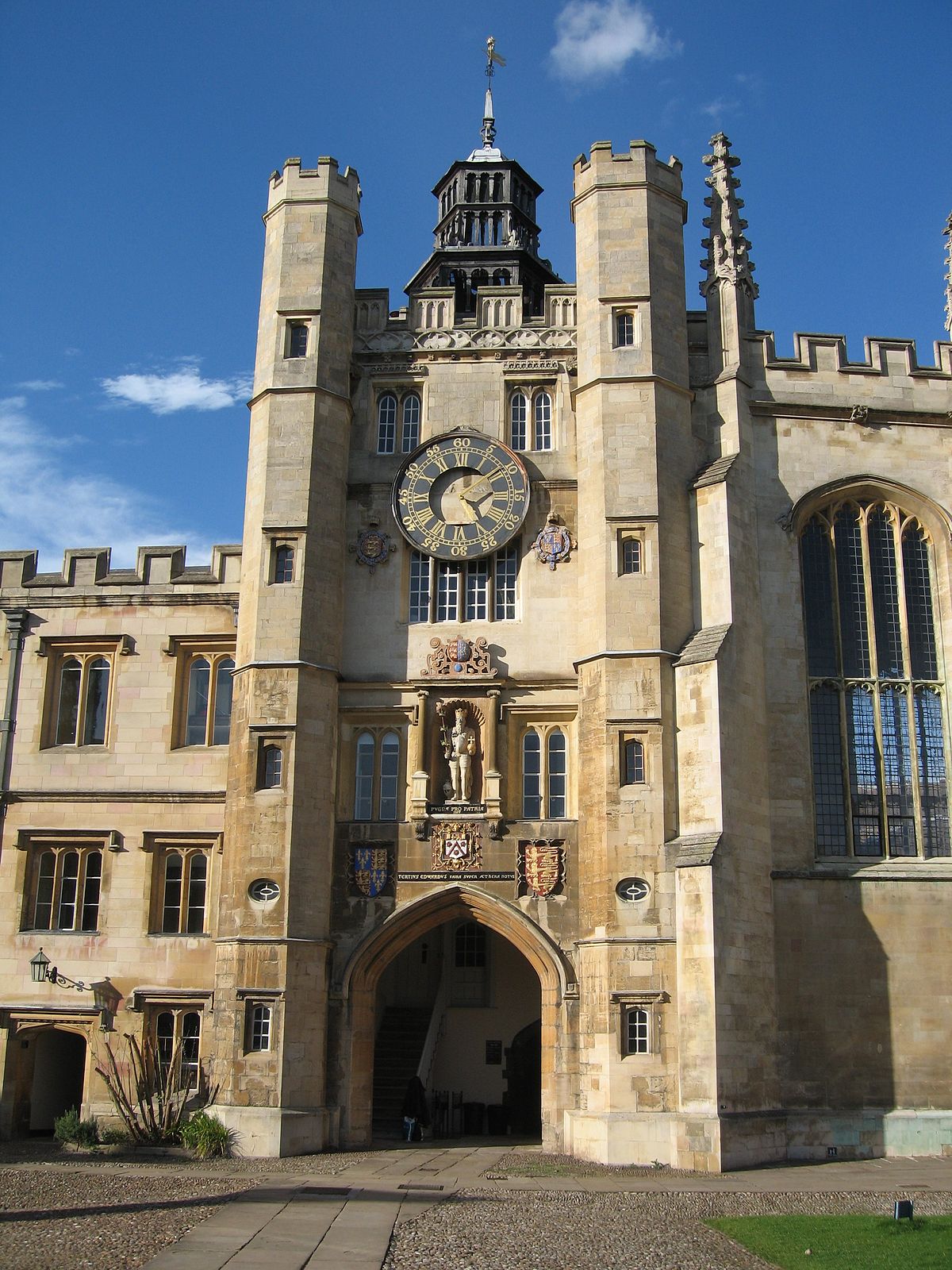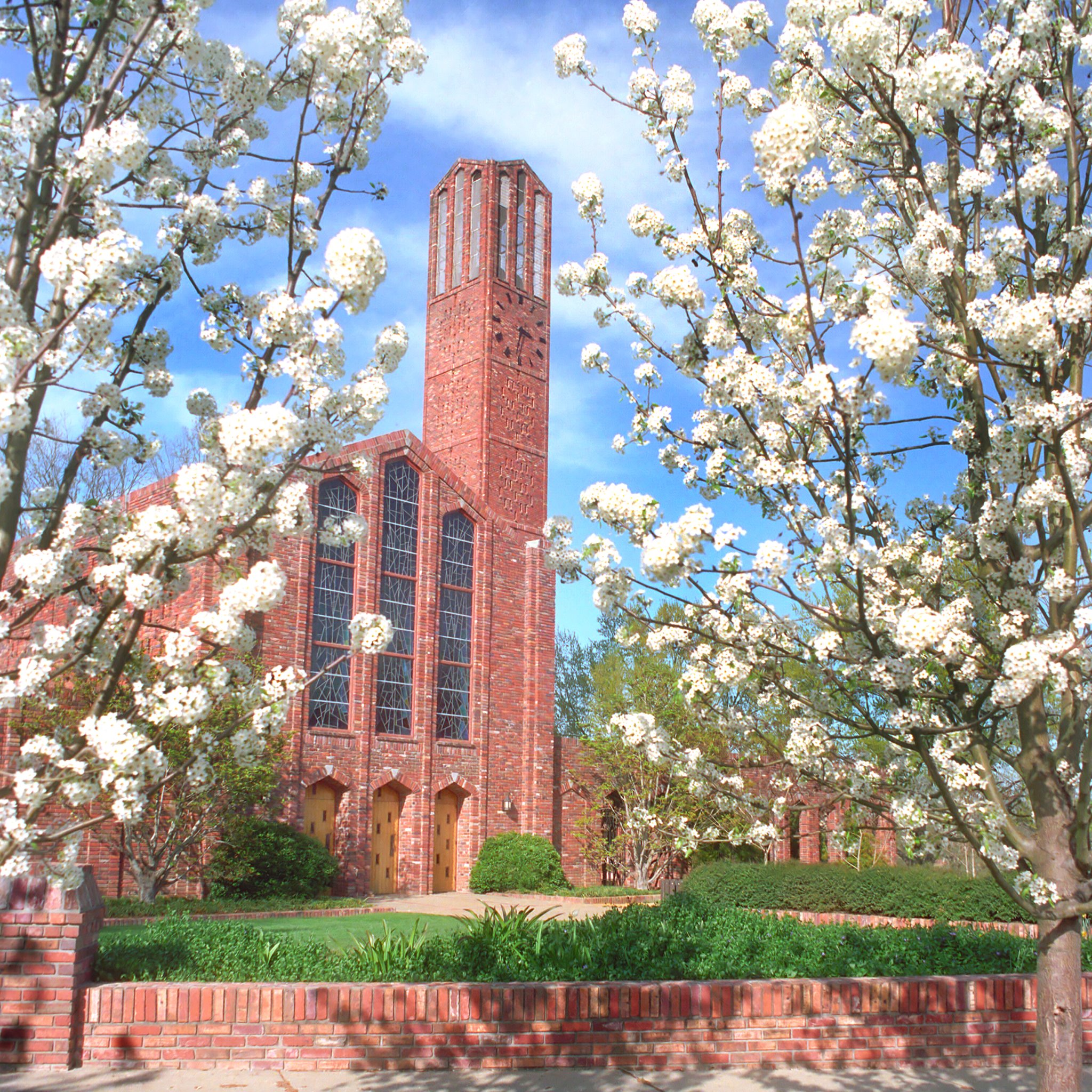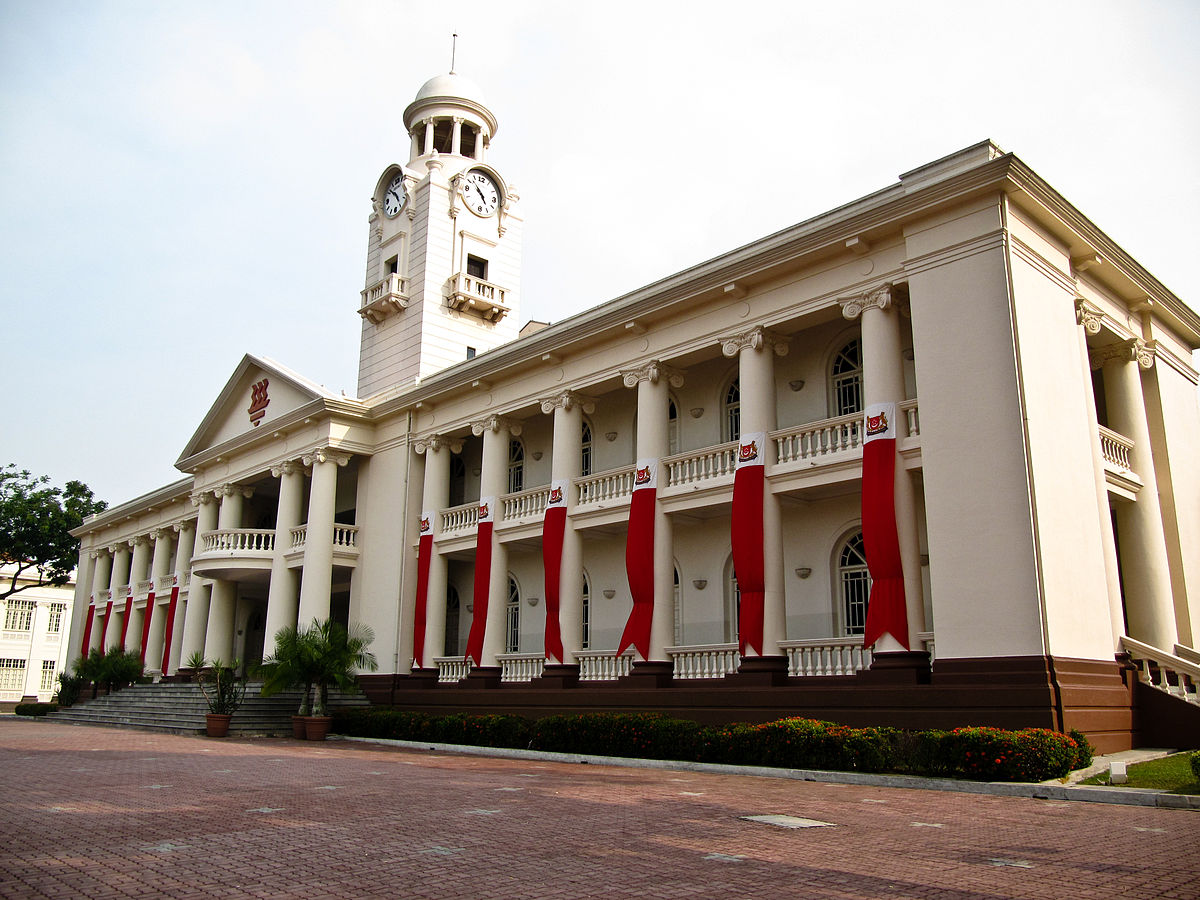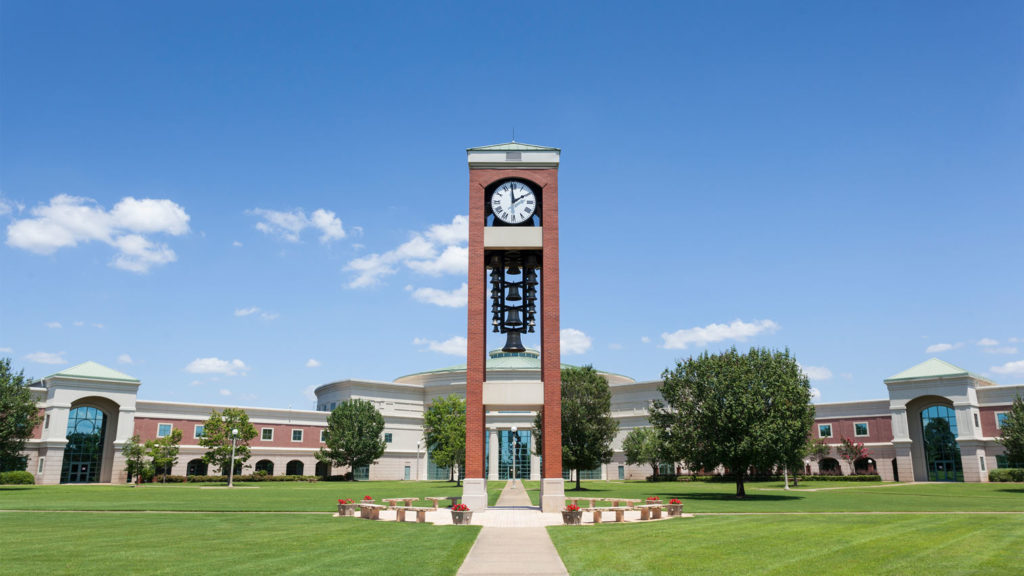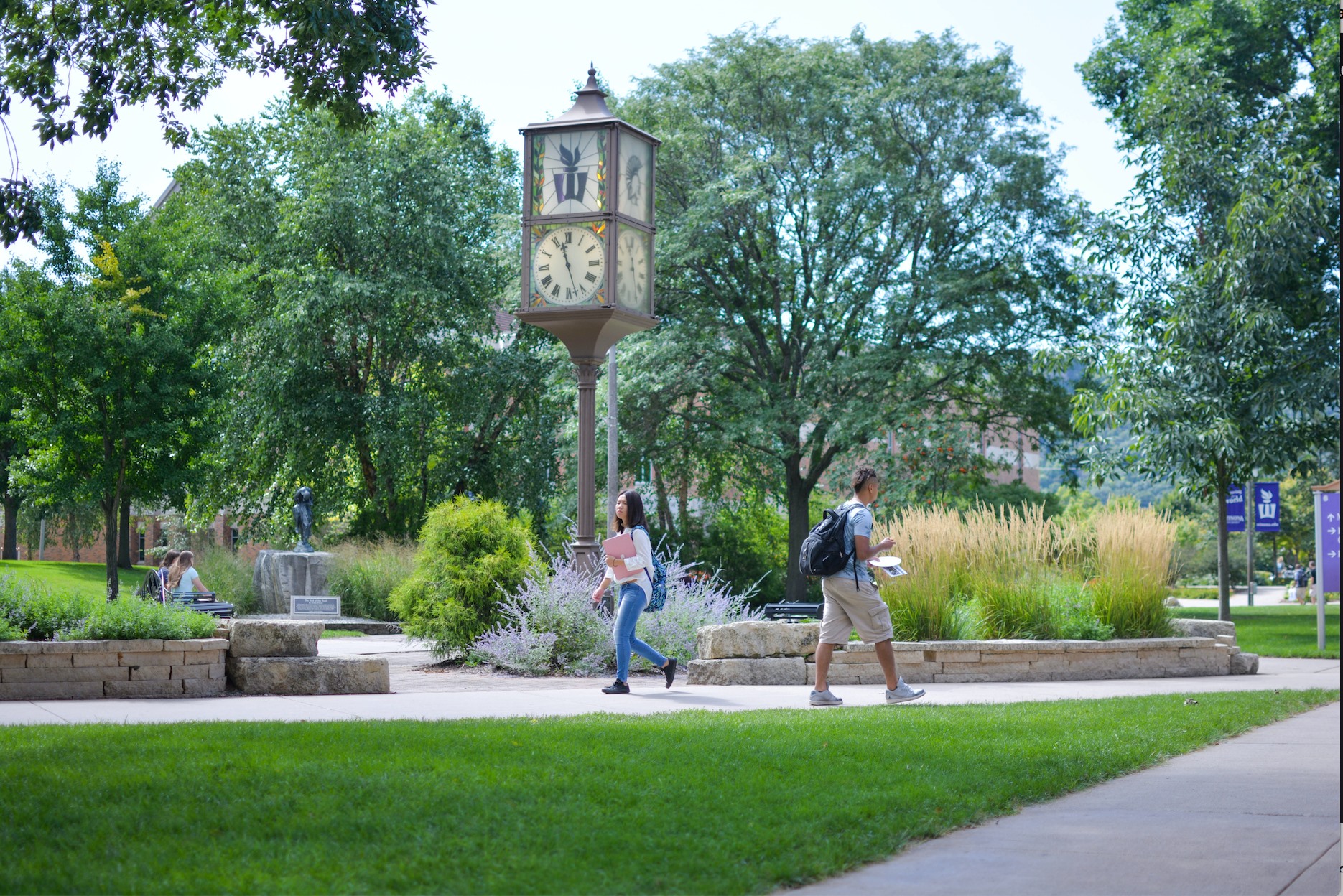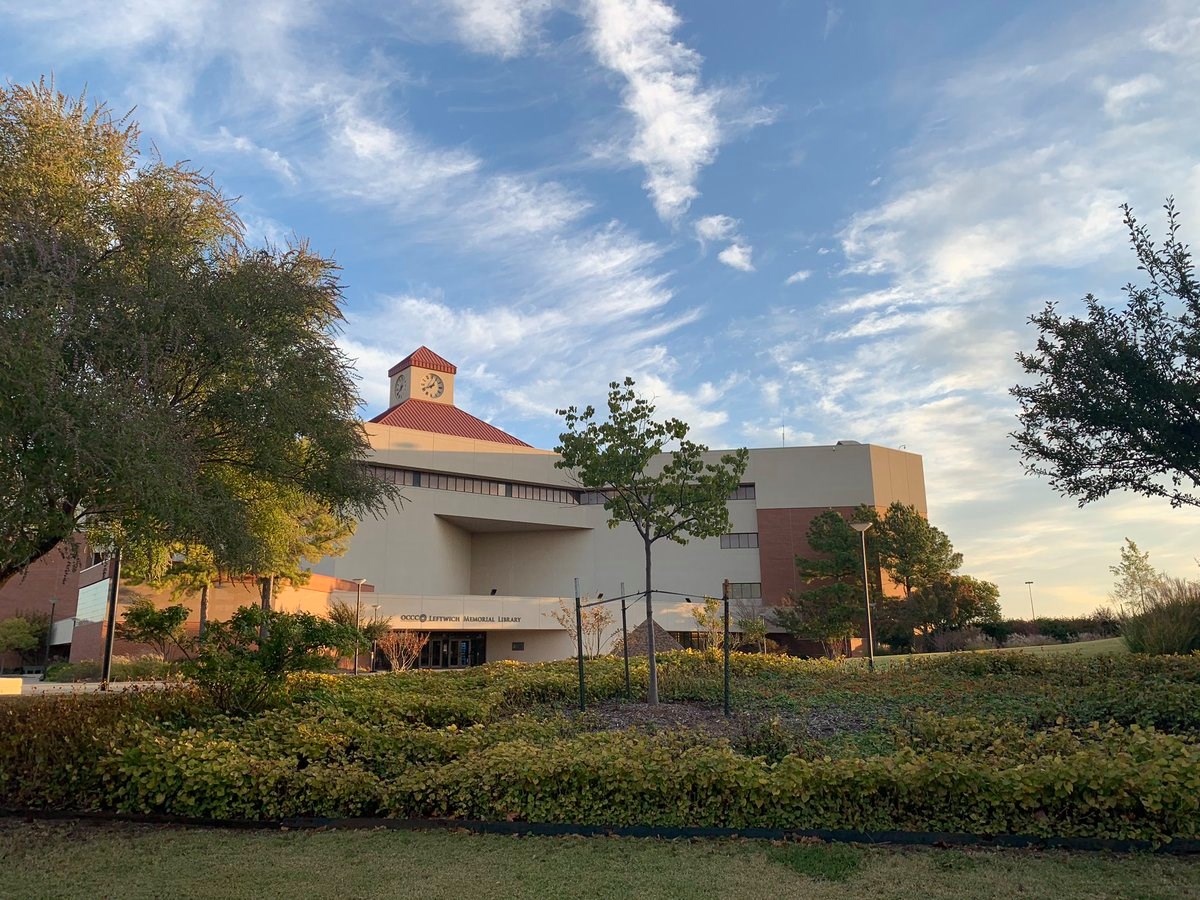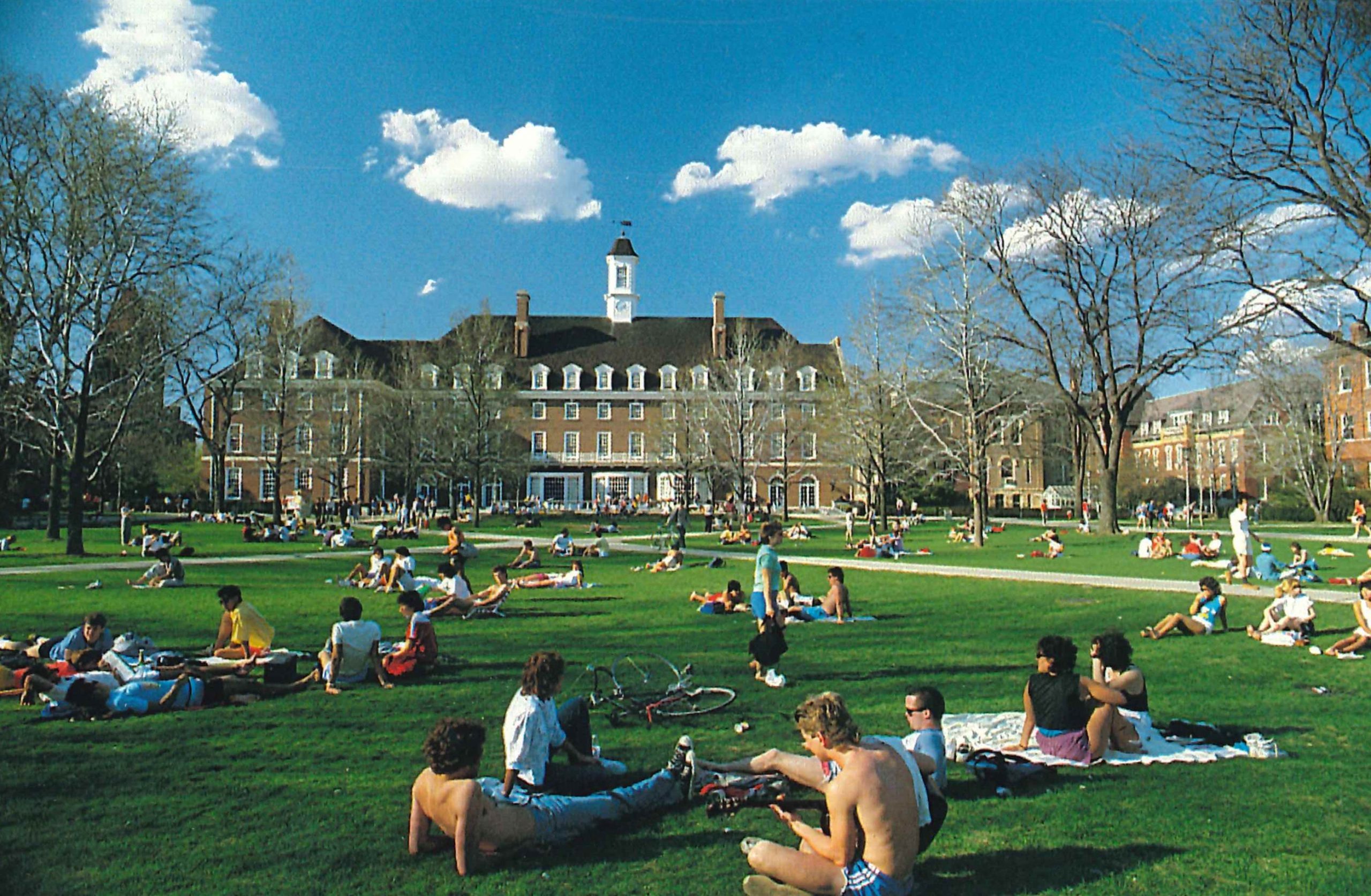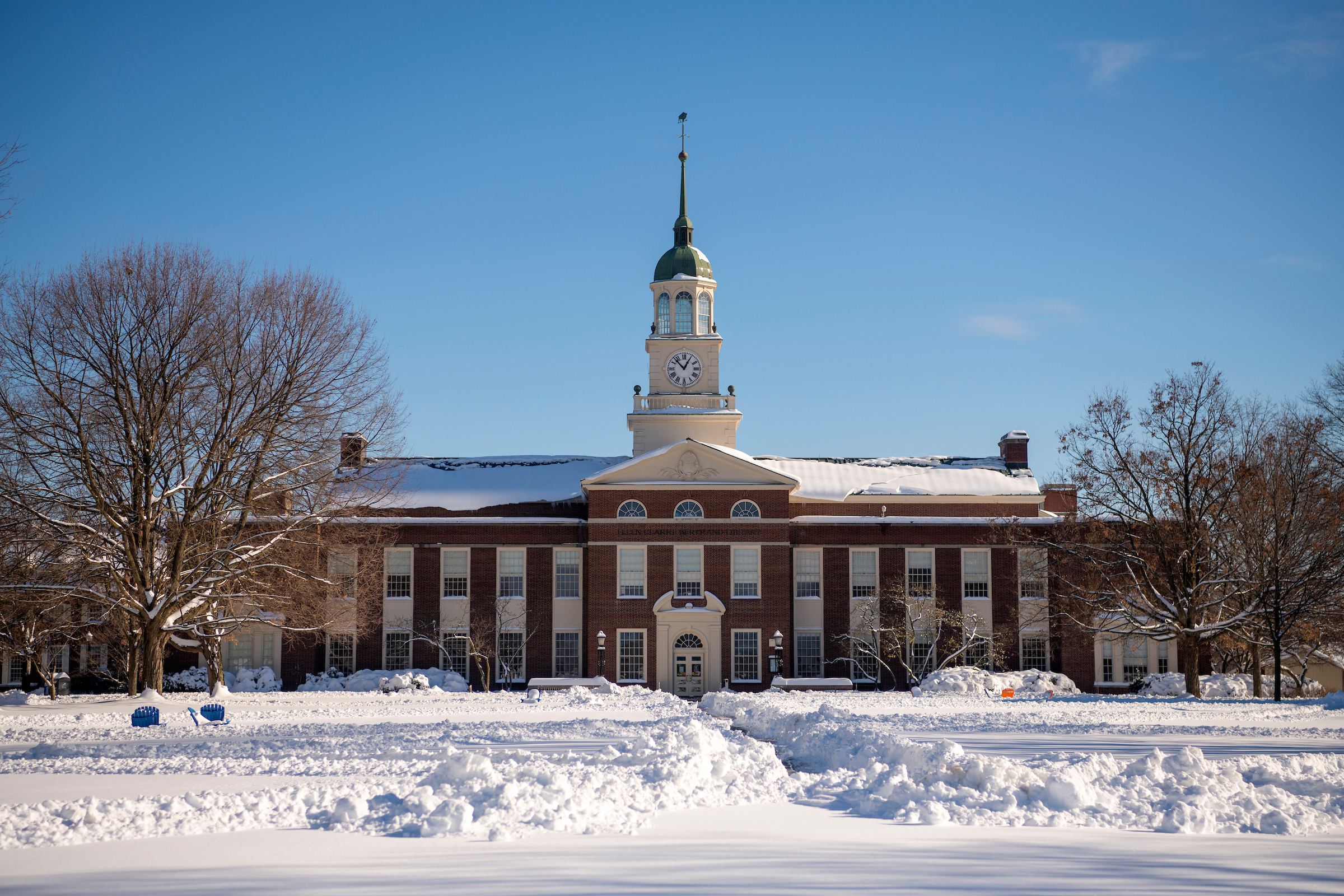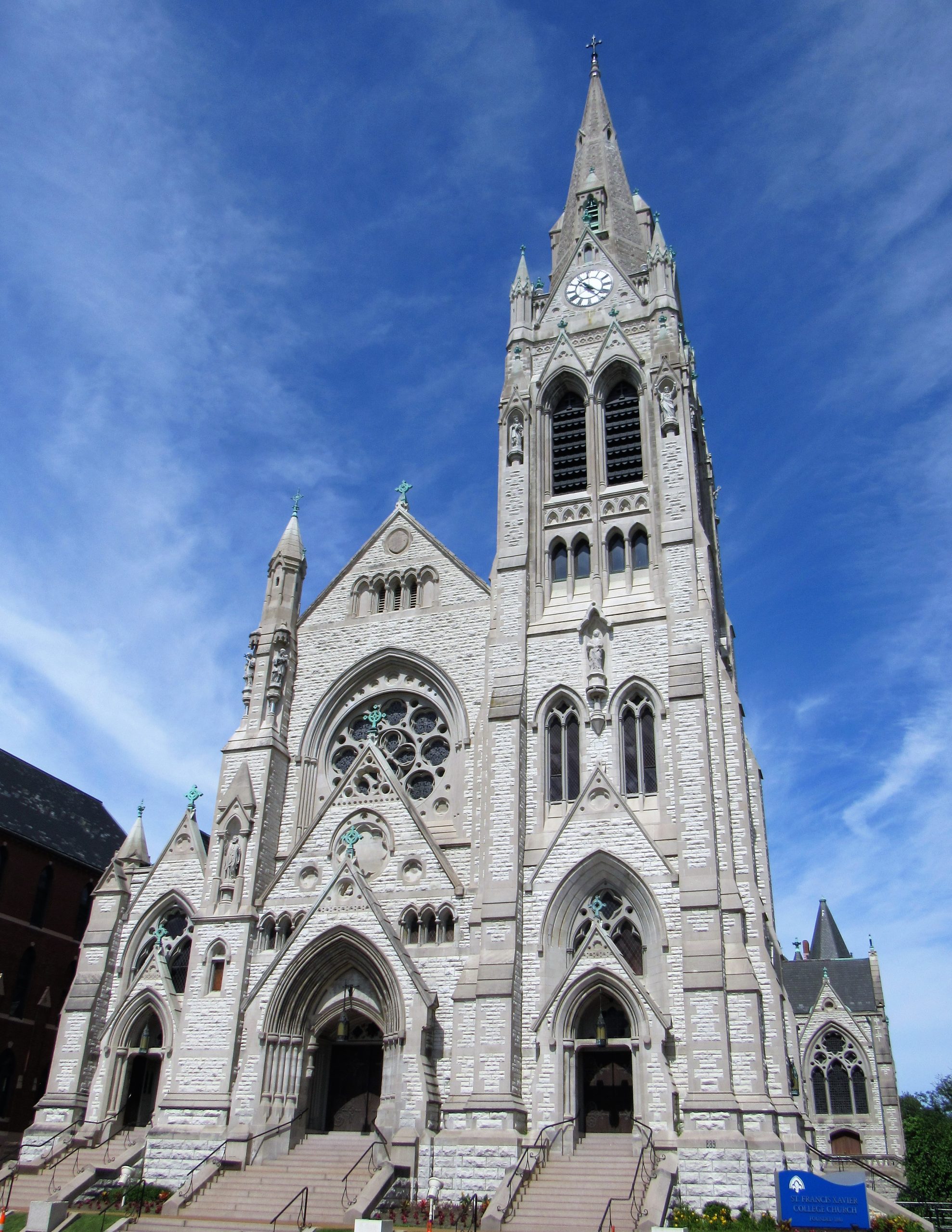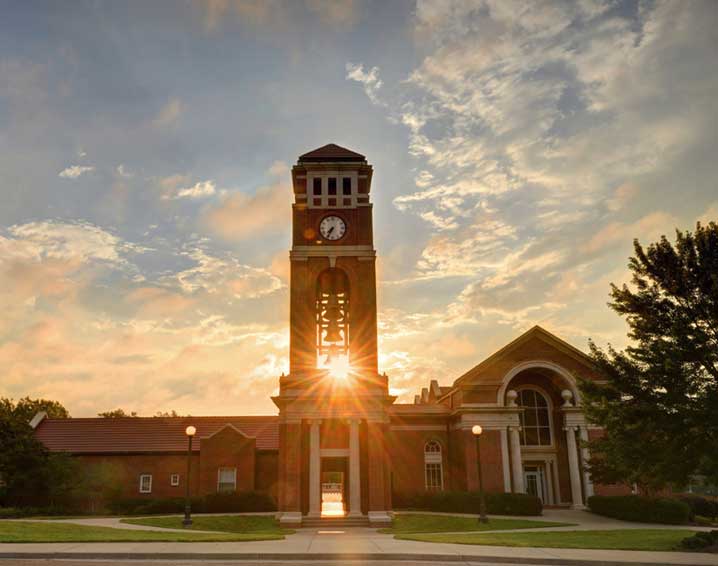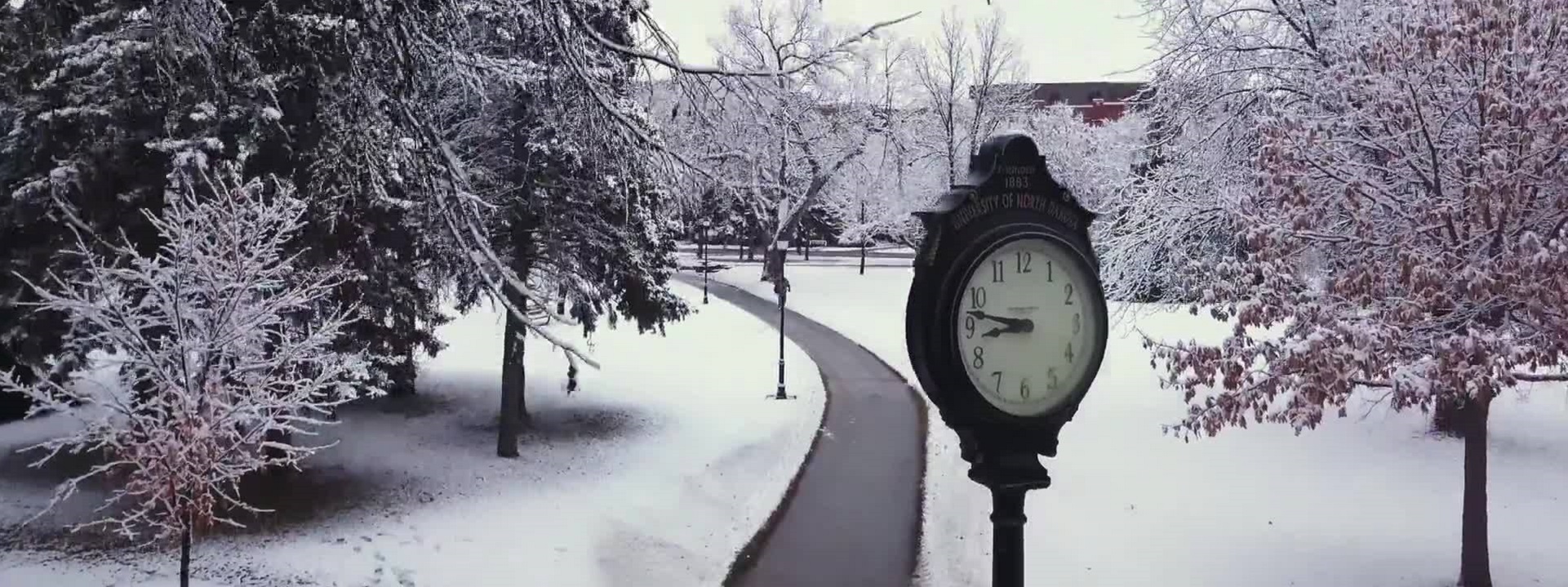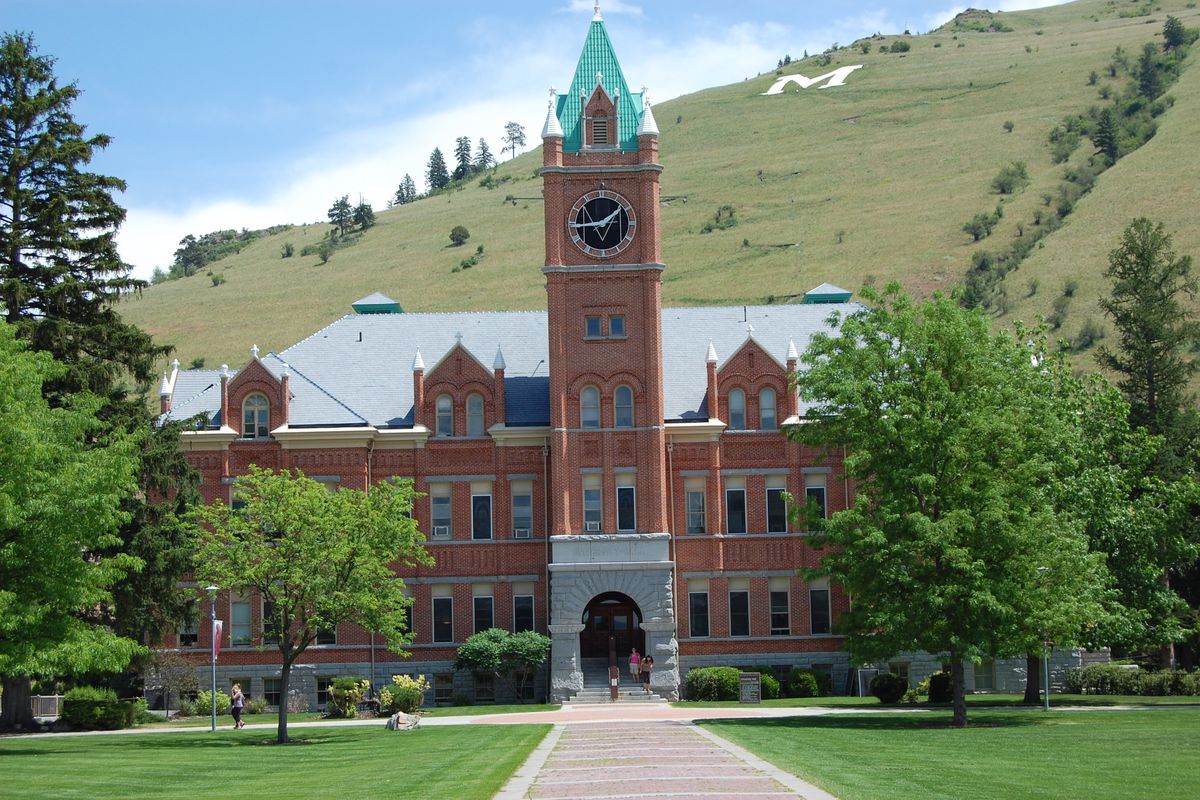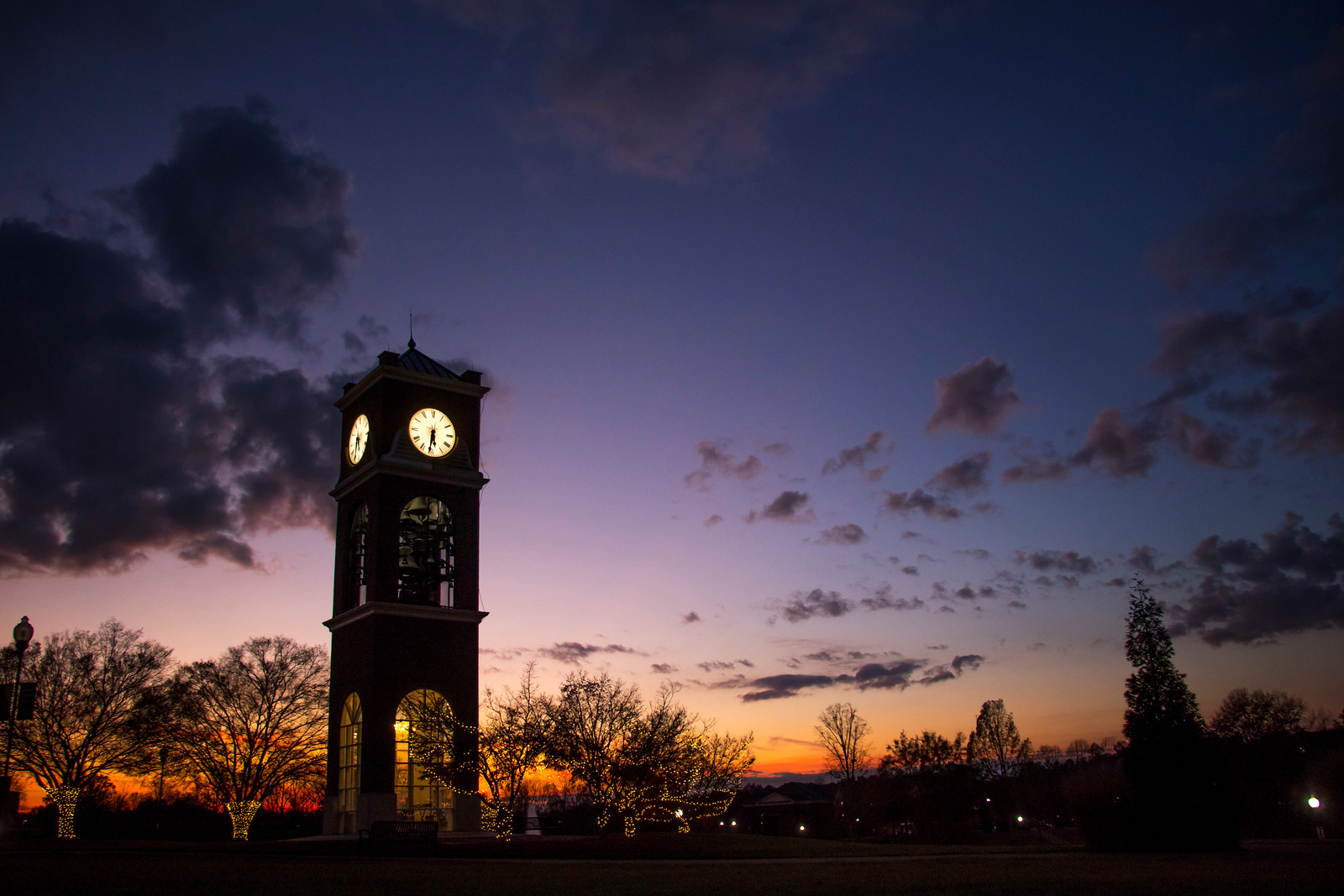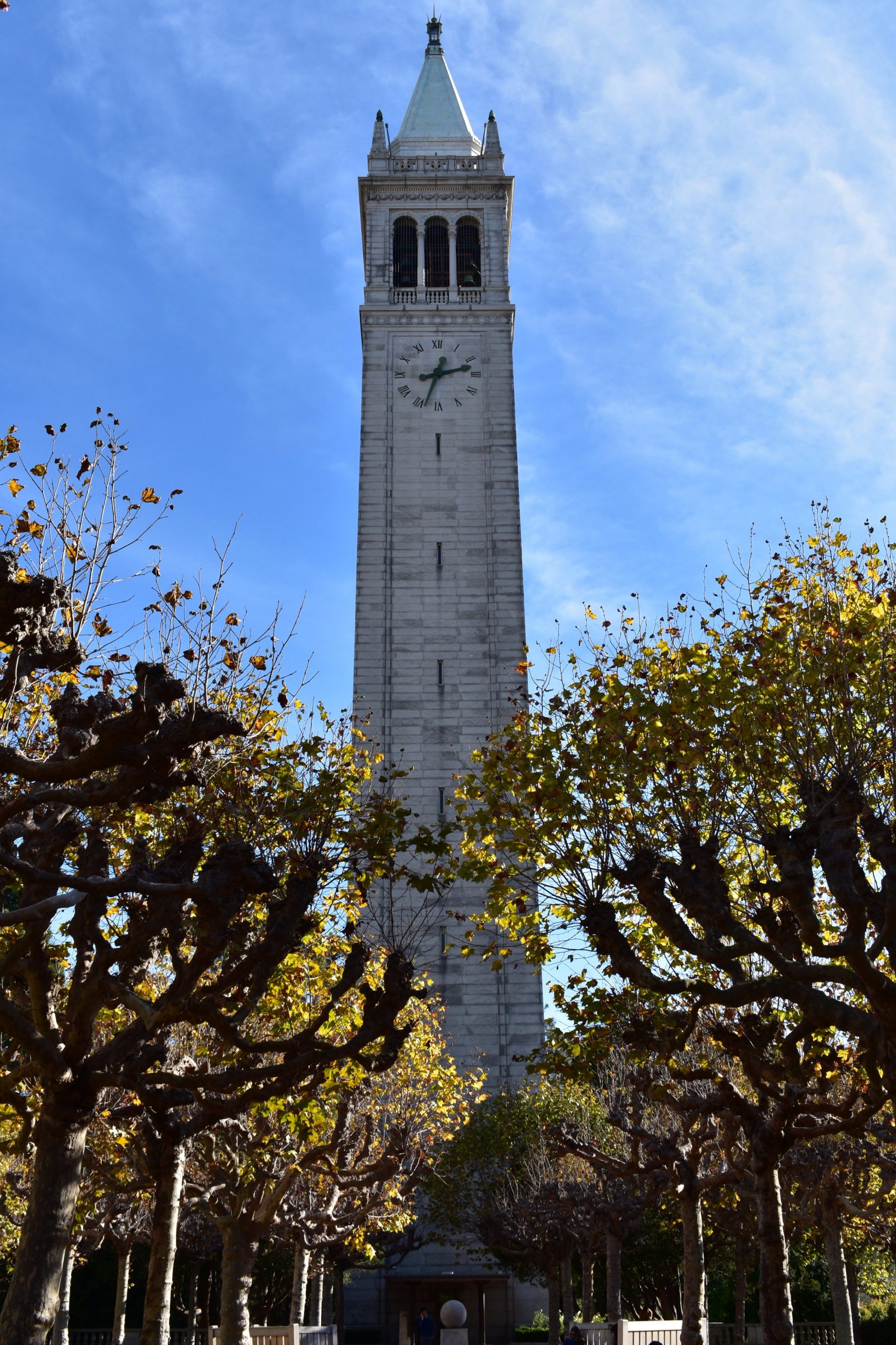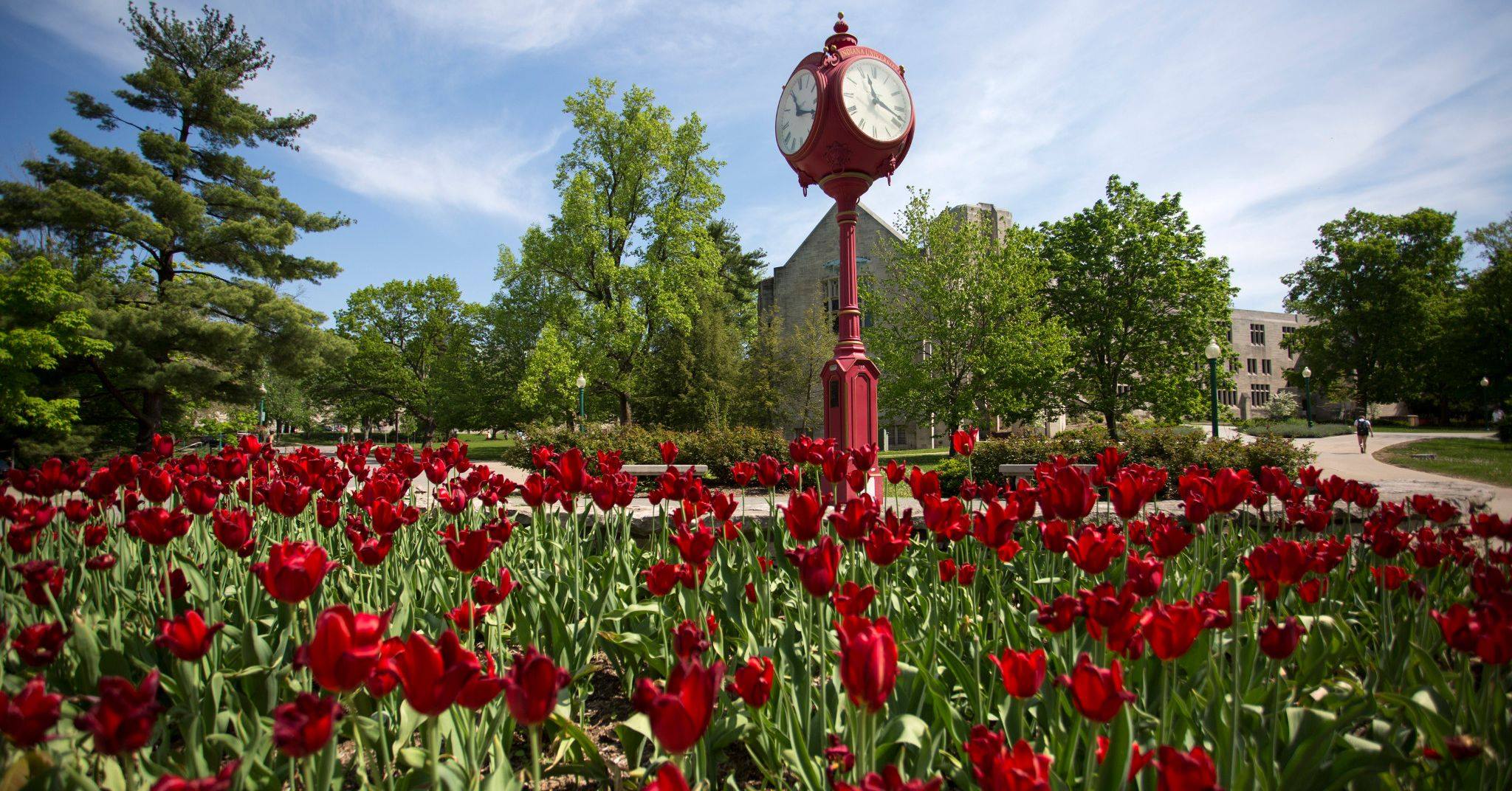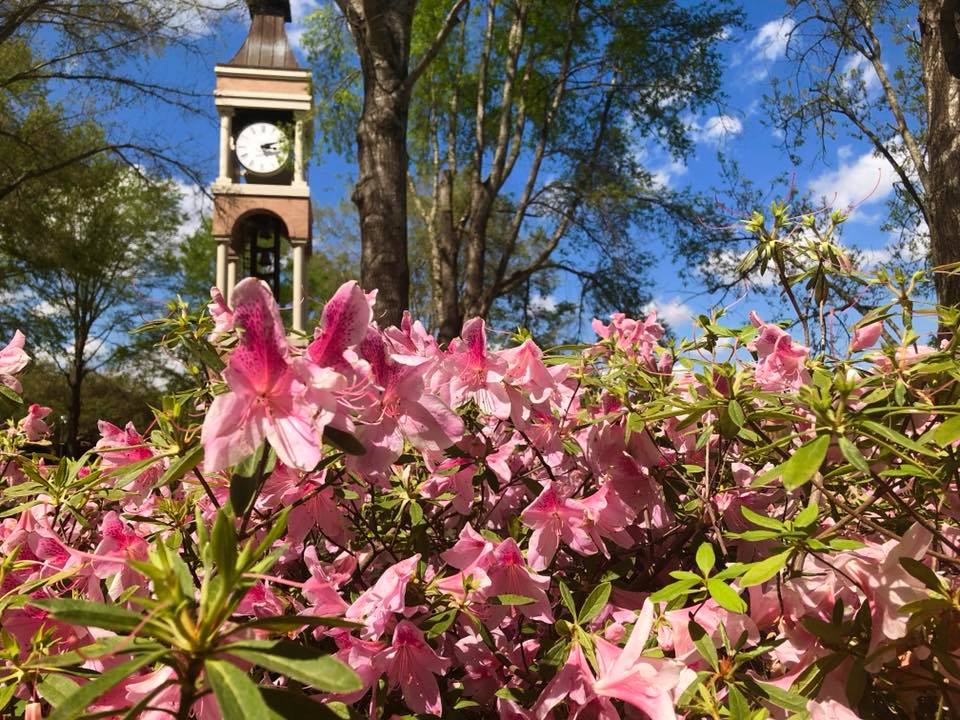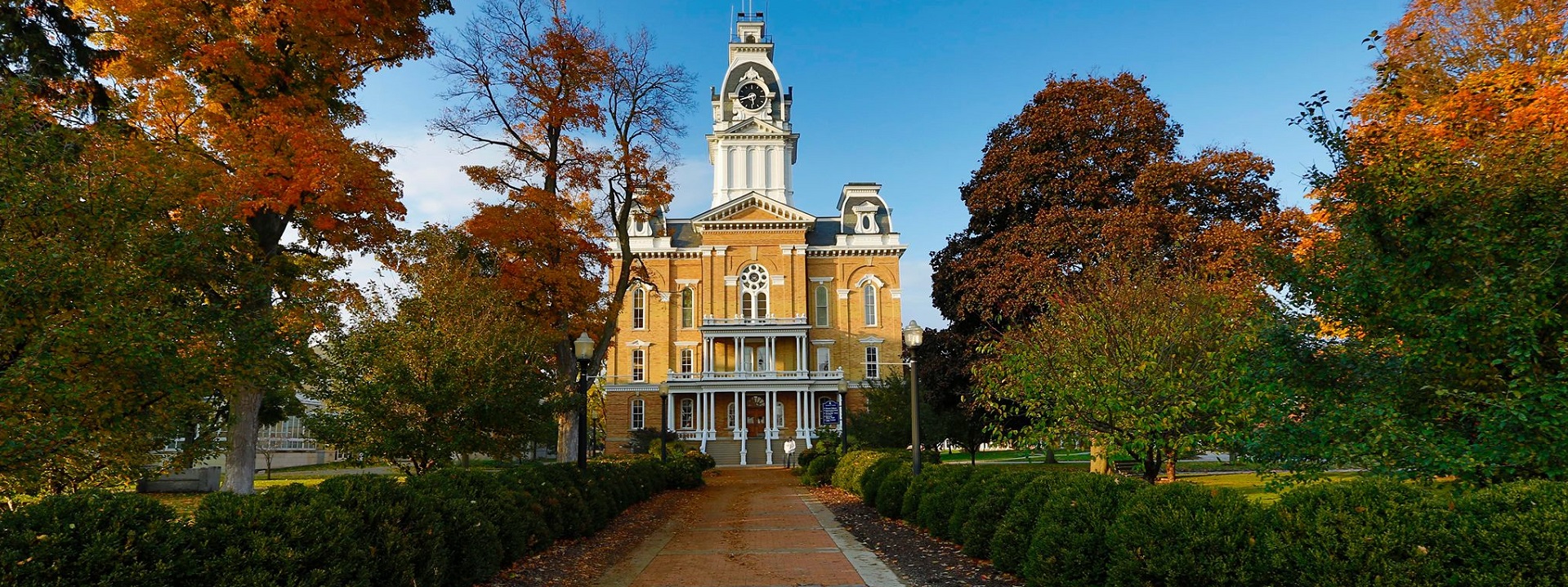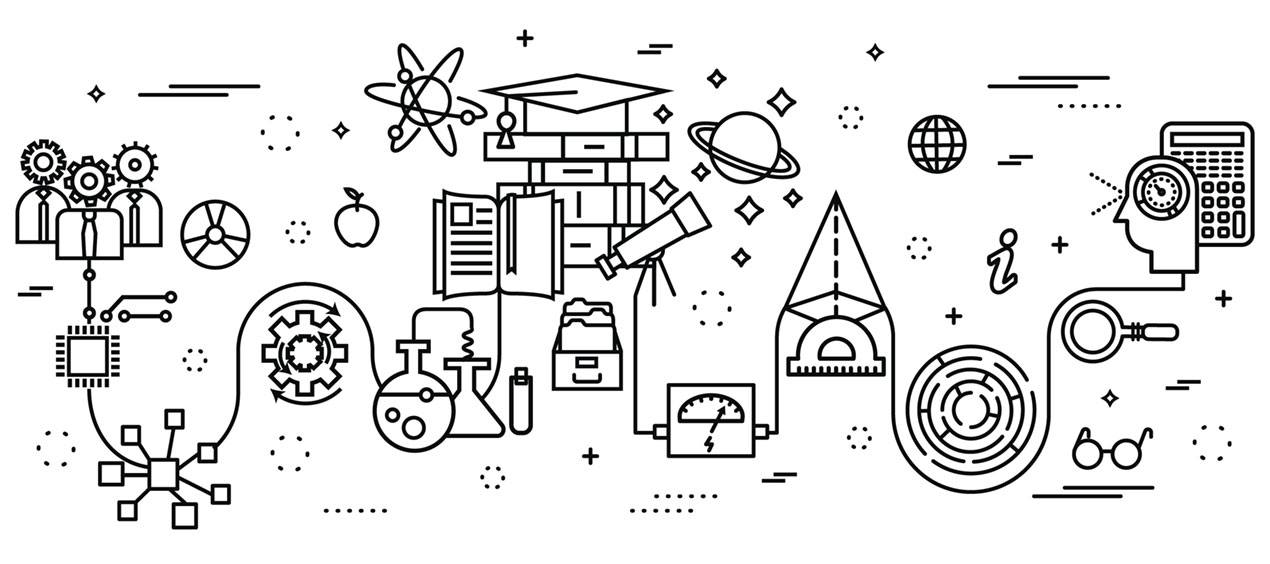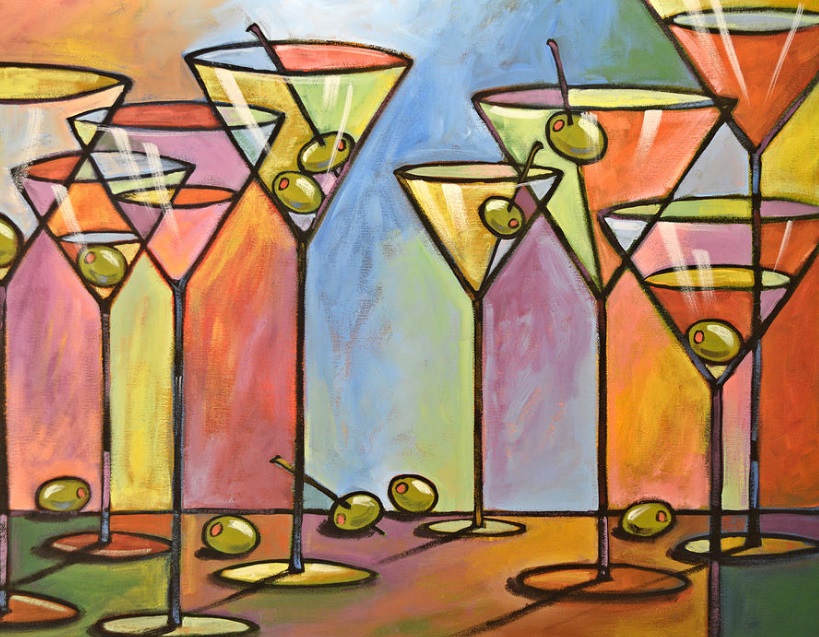Tag Archives: New Year
- Home
- Posts tagged "New Year"

Readings / PYROTECHNIC ARTS & SCIENCES IN EUROPEAN HISTORY
FIREWORKS: PYROTECHNIC ARTS AND SCIENCES IN EUROPEAN HISTORY
Simon Werrett | University College London
Fireworks are synonymous with celebration in the twenty-first century. But pyrotechnics—in the form of rockets, crackers, wheels, and bombs—have exploded in sparks and noise to delight audiences in Europe ever since the Renaissance. Here, Simon Werrett shows that, far from being only a means of entertainment, fireworks helped foster advances in natural philosophy, chemistry, mathematics, and many other branches of the sciences.
Fireworks brings to vibrant life the many artful practices of pyrotechnicians, as well as the elegant compositions of the architects, poets, painters, and musicians they inspired. At the same time, it uncovers the dynamic relationships that developed between the many artists and scientists who produced pyrotechnics. In so doing, the book demonstrates the critical role that pyrotechnics played in the development of physics, astronomy, chemistry and physiology, meteorology, and electrical science. Richly illustrated and drawing on a wide range of new sources, Fireworks takes readers back to a world where pyrotechnics were both divine and magical and reveals for the first time their vital contribution to the modernization of European ideas.
Code for Fireworks Display
At least twice a year, and during performances with flame effects, public safety departments in colleges and universities have an elevated concern about campus citizen safety, and the safety of the host community, when fireworks are used for celebration. We find very rigorous prohibitions against the use of fireworks, weapons and explosives on campus. Education and enforcement usually falls on facility and operation campus safety units.
That much said, we follow development, but do not advocate in NFPA 1123 Code for Fireworks Display, because it lies among a grouping of titles that set the standard of care for many college and university public safety departments that sometimes need to craft prohibitions with consideration for the business purposes of entertainment and celebration in education facilities. NFPA 1123 is not a long document — only 22 pages of core text — but it contains a few basic considerations for display site selection, clearances and permitting that campus public safety departments will coordinate with the host community. It references NFPA 1126, Standard for the Use of Pyrotechnics Before a Proximate Audience and NFPA 160 Standard for the Use of Flame Effects Before an Audience.
Something to keep an eye on. The home page for this code is linked below:
NFPA 1123 Code for Fireworks Display
For a sense of the technical discussions, transcripts of two developmental stages are linked below:
Public comment on 2026 Edition proposed revisions is receivable until May 30, 2024.
We maintain this title on our periodic Prometheus colloquium. See our CALENDAR for the next online meeting.
Issue: [16-134]
Category: Public Safety
Colleagues: Mike Anthony, Jack Janveja, Richard Robben
More
Horologiorum
University of New Hampshire
Good luck to all those helping to move their student in to UoB accommodation this weekend! It will be a busy time with lots of students moving in, but there will be lots of support on the day, so just ask!
There’s also lots to do on campus too so come along & have a wander around pic.twitter.com/xZHG3RA2z4— Uni of Birmingham (@unibirmingham) September 21, 2024
'Twas the night before the start of the fall semester. ⏰ pic.twitter.com/JZkLHr8xxQ
— Alumni Association of the University of Michigan (@michiganalumni) August 28, 2023
Niner Nation is behind you, @UNC. Together, we are all one Carolina. pic.twitter.com/0wlCj72Lh6
— UNC Charlotte (@unccharlotte) August 29, 2023
Bucknell University Pennsylvania![]()
More
National Institute of Science & Technology: Time and Frequency
National Institute of Science & Technology: Current Reliability of the WWVB Time Code
Time
“It Can’t Happen Here” 1935 Sinclair Lewis
Time cognition, measurement and conformance to tradition shapes educational settlements:
- The development of standardized time zones, which became more widespread in the 19th century with the advent of the railroad and telegraph, influenced urban planning and architecture. Cities needed to coordinate schedules and activities, affecting the layout and design of public spaces, transportation hubs, buildings and the movement of children.
- The invention and widespread adoption of clocks and watches allowed for more precise timekeeping. This precision influenced the synchronization of activities, schedules, and, consequently, the design of buildings and public spaces. It also impacted the design of interiors, with spaces allocated for timepieces in classrooms and athletic events.
- What is now identified as the Industrial Revolution introduced a more rigid and standardized work schedule; including the time set aside for formal education away from the family kitchen table.
Campus planners incorporate temporal elements into their design itself, creating spaces that change over time. This might involve the play of light and shadow during different times of the day or the use of materials that weather and evolve over the years.
Today we account for our work in shaping the literature for time standards relevant to educational settlements. Use the login credentials at the upper right of our home page.
Jeff Bezos is building a monumental 10,000-year clock in the mountains.
Here’s the reason why:
“10,000 year clock is a physical clock of monumental scale. It’s about 500 feet tall. It’s inside a mountain in west Texas in a chamber that’s about 12 feet in diameter and 500 feet… pic.twitter.com/lg9mYOJmnT
— Timeless Philosophy (@TimelessPhil) December 29, 2023
Safety Code for Dry Martinis
Hoppin’ John
Hoppin’ John is a traditional Southern dish in the United States, particularly associated with the cuisine of the Southeastern region. It is commonly made with black-eyed peas (or sometimes field peas), rice, chopped onion, and sliced bacon or ham hock. Often seasoned with salt and spices, Hoppin’ John is a flavorful and hearty dish.
The dish is traditionally eaten on New Year’s Day for good luck. In Southern folklore, it is believed that eating Hoppin’ John on New Year’s Day will bring prosperity and good fortune in the coming year. The black-eyed peas symbolize coins, and sometimes a coin is even added to the pot for good luck. The dish is often served with collard greens (symbolizing money) and cornbread (symbolizing gold).
Hoppin’ John, as is tradition. pic.twitter.com/KycrLdKjmO
— Kimberly Corson, PhD (@KimberlyCorson) January 1, 2025
Polar Plunge
National Weather Service | Cold Water Hazards and Safety
January 1st is Polar Bear Plunge Day in the Great Lakes. It is also popular among the young in other “watery” universities around the world.
2025 Windsor-Essex Ontario 2025 Polar Plunge
2023 St. Clair College Polar Bear Plunge
Polar Plunge at the University of Michigan
Earlier this month, Muskingum Athletics hosted its first-ever Polar Plunge at University Lake with Special Olympics Ohio. Through generous donations from numerous Muskingum Athletic teams, the Muskingum campus community, and the New Concord and surrounding communities, Muskingum… pic.twitter.com/F2XvyhMVZP
— Muskingum Athletics (@FightingMuskies) February 29, 2024
POLAR BEAR SWIM!
The sun came out and the temperature dropped just in time for this year’s last day of class tradition. ☀️❄️ pic.twitter.com/amCvXZCRox
— University of British Columbia (@UBC) November 30, 2019
Cold shower? Ice swimming? ‘In 2014, researchers at Radboud University in the Netherlands investigated one of Hof’s bolder statements: that his regime can be used to control the immune system.’ @radboudumc @newscientist @Radboud_Uni https://t.co/I9nqlJbUQQ
— Radboudumc wetenschap (@radboudumc_weet) April 22, 2021
Polar Bear Plunge Day https://t.co/TlUn5IWtuX via @natltoday
— Standards Michigan (@StandardsMich) December 30, 2023
Get in on the thrill of your life with the IcePod ❄️
Experiencing all the benefits of cold plunge therapy in the comfort of your own home. 💪
Get 56% OFF for TODAY ONLY! 🔥
— Space Therapy Pro (@spacetherapypro) August 28, 2023
Ice Swimming in Finland pic.twitter.com/UKfpdO1fsI
— 60 Second Docs (@60SecDocs) February 20, 2023
Pleasures and Hazards
Pleasures:
- Increased adrenaline rush: Cold water swimming can produce a surge of adrenaline in the body, which can make you feel more energized and alert.
- Improved mood: Cold water swimming has been associated with an increased release of endorphins, which can elevate your mood and reduce stress levels.
- Improved immune function: Cold water swimming has been shown to improve immune function, possibly due to the stress response induced by the cold water.
- Sense of accomplishment: Many people find ice swimming to be a challenging and rewarding experience, providing a sense of accomplishment and pride.
- Social bonding: Ice swimming can be a social activity, with groups of people coming together to share the experience and support each other.
Hazards:
- Hypothermia: Prolonged exposure to cold water can cause hypothermia, which can be life-threatening if left untreated.
- Cold shock response: Entering cold water can cause an involuntary gasp reflex, which can lead to drowning if it occurs while the head is underwater.
- Heart problems: Cold water swimming can put a strain on the heart and increase the risk of heart attack or stroke in people with underlying cardiovascular disease.
- Frostbite: Exposed skin can become frostbitten in cold water, particularly in extremities such as the fingers and toes.
- Injury from slipping or falling: Ice swimming can be hazardous if proper safety precautions are not taken, such as wearing appropriate footwear and using a rope or ladder to enter and exit the water.
St. Clair College students and staff took the “plunge” down a slushy slip n’slide to launch this year’s Polar Plunge, benefiting Special Olympics Ontario. This year’s plunge will be held Feb. 24. pic.twitter.com/j81IKXTnQ6
— Kathleen Saylors (@KathleenSaylors) January 25, 2023
There are certain events that I look forward to shooting every year — the Polar Plunge at the University of Okoboji Winter Games never disappoints!
See all of our photos from the weekend here: https://t.co/3f77mskBuD pic.twitter.com/6OJPwp7Zmh
— Matt Heinrichs (@mattheinrix) February 4, 2021
Ice Swimming
January 1st is Polar Bear Plunge Day in the Great Lakes. It is also popular among the young in other “watery” universities around the world.
2023 St. Clair College Polar Bear Plunge
Polar Plunge at the University of Michigan
Cold shower? Ice swimming? ‘In 2014, researchers at Radboud University in the Netherlands investigated one of Hof’s bolder statements: that his regime can be used to control the immune system.’ @radboudumc @newscientist @Radboud_Uni https://t.co/I9nqlJbUQQ
— Radboudumc wetenschap (@radboudumc_weet) April 22, 2021
Polar Bear Plunge Day https://t.co/TlUn5IWtuX via @natltoday
— Standards Michigan (@StandardsMich) December 30, 2023
Get in on the thrill of your life with the IcePod ❄️
Experiencing all the benefits of cold plunge therapy in the comfort of your own home. 💪
Get 56% OFF for TODAY ONLY! 🔥
— Space Therapy Pro (@spacetherapypro) August 28, 2023
Ice Swimming in Finland pic.twitter.com/UKfpdO1fsI
— 60 Second Docs (@60SecDocs) February 20, 2023
Pleasures and Hazards
Pleasures:
- Increased adrenaline rush: Cold water swimming can produce a surge of adrenaline in the body, which can make you feel more energized and alert.
- Improved mood: Cold water swimming has been associated with an increased release of endorphins, which can elevate your mood and reduce stress levels.
- Improved immune function: Cold water swimming has been shown to improve immune function, possibly due to the stress response induced by the cold water.
- Sense of accomplishment: Many people find ice swimming to be a challenging and rewarding experience, providing a sense of accomplishment and pride.
- Social bonding: Ice swimming can be a social activity, with groups of people coming together to share the experience and support each other.
Hazards:
- Hypothermia: Prolonged exposure to cold water can cause hypothermia, which can be life-threatening if left untreated.
- Cold shock response: Entering cold water can cause an involuntary gasp reflex, which can lead to drowning if it occurs while the head is underwater.
- Heart problems: Cold water swimming can put a strain on the heart and increase the risk of heart attack or stroke in people with underlying cardiovascular disease.
- Frostbite: Exposed skin can become frostbitten in cold water, particularly in extremities such as the fingers and toes.
- Injury from slipping or falling: Ice swimming can be hazardous if proper safety precautions are not taken, such as wearing appropriate footwear and using a rope or ladder to enter and exit the water.
College Polar Bear Plunges
New update alert! The 2022 update to the Trademark Assignment Dataset is now available online. Find 1.29 million trademark assignments, involving 2.28 million unique trademark properties issued by the USPTO between March 1952 and January 2023: https://t.co/njrDAbSpwB pic.twitter.com/GkAXrHoQ9T
— USPTO (@uspto) July 13, 2023
Standards Michigan Group, LLC
2723 South State Street | Suite 150
Ann Arbor, MI 48104 USA
888-746-3670
DIRECTIONS
G-G3SGZY7ZR1 G-G3SGZY7ZR1


